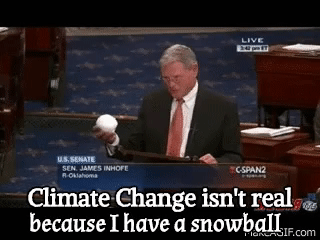To ring the new year, Portland experienced an unprecedented storm resulting in more than a week of wind, snow, ice, and record breaking temperatures. Thousands were left without water and electricity for days and some for weeks. This storm was one of many changes we are starting to see in our climate. We are seeing extreme rain events causing mudslides and floods, and extreme heat and drought periods causing never before seen wildfires. It is not hard to imagine that what we call extreme weather now, we will eventually just call weather. How will we adapt? Well, one way will be through changing the way we build and adapt our shelters.
Harka’s principal, Patrick Donaldson, was without power for nearly three of those days. Over the years Patrick had been making small upgrades to the his 1949 home, the most important being adding insulation and replacing the old single pane windows and doors. By the end of the second day without power the inside of the home was in the high 40s. While still cold, his home managed far better than a neighbor that had not made any upgrades. They were experiencing temperatures in the low 30s.
Most of the power loss during this most recent storm was said to have been caused by fallen trees. From frozen roots to prolonged drought, there are many theories about why so many trees couldn’t withstand the storm. Could the instability of the tree canopy be exacerbated by the recent extreme fluctuations in the weather? Could this be another unforeseen consequence of climate change? The answer isn’t clear, but for Portlanders this could mean some concerns for our urban forest.
These weather events highlight the vulnerabilities of our buildings and communities. We are reliant on an outdated and fragile utility infrastructure. Many public utilities, such as power grids, water supply systems, and transportation networks, are not adequately equipped to handle the increased frequency and intensity of extreme weather events. Aging infrastructure and inadequate maintenance further compound the devastating affects of intense storms.
January’s storm, much like the winter storms of 2015 and 2021 and the heatwave in 2021, were “once in a century” weather events, but are starting to occur every few years. Extreme weather events like heat waves, intense storms, wildfires, and other “unprecedented” weather patterns that deviate from historical norms will continue to become increasingly more common.
It’s imperative that we stop building code minimum structures and start building and renovating with resilience and redundancy in mind. It will require an upfront investment to create a structure that is less dependent on our fragile utility grid. It will result in a space that will protect you and your family from extreme temperatures and precipitation, require less energy to operate in case you need backup power, and consistently maintain healthy interior air quality.
In an interview with Lisa Milbrand for Real Simple in February 2023, we discussed ways you can protect your home and family from the effects of climate change. And the best part is, EVERYONE can find a way to make an impact, no matter the budget. Although climate change is not a simple a problem, there are some simple steps you can take toward creating a more climate resilient space for your families and community. Every step gets you closer to weathering the storms ahead.


